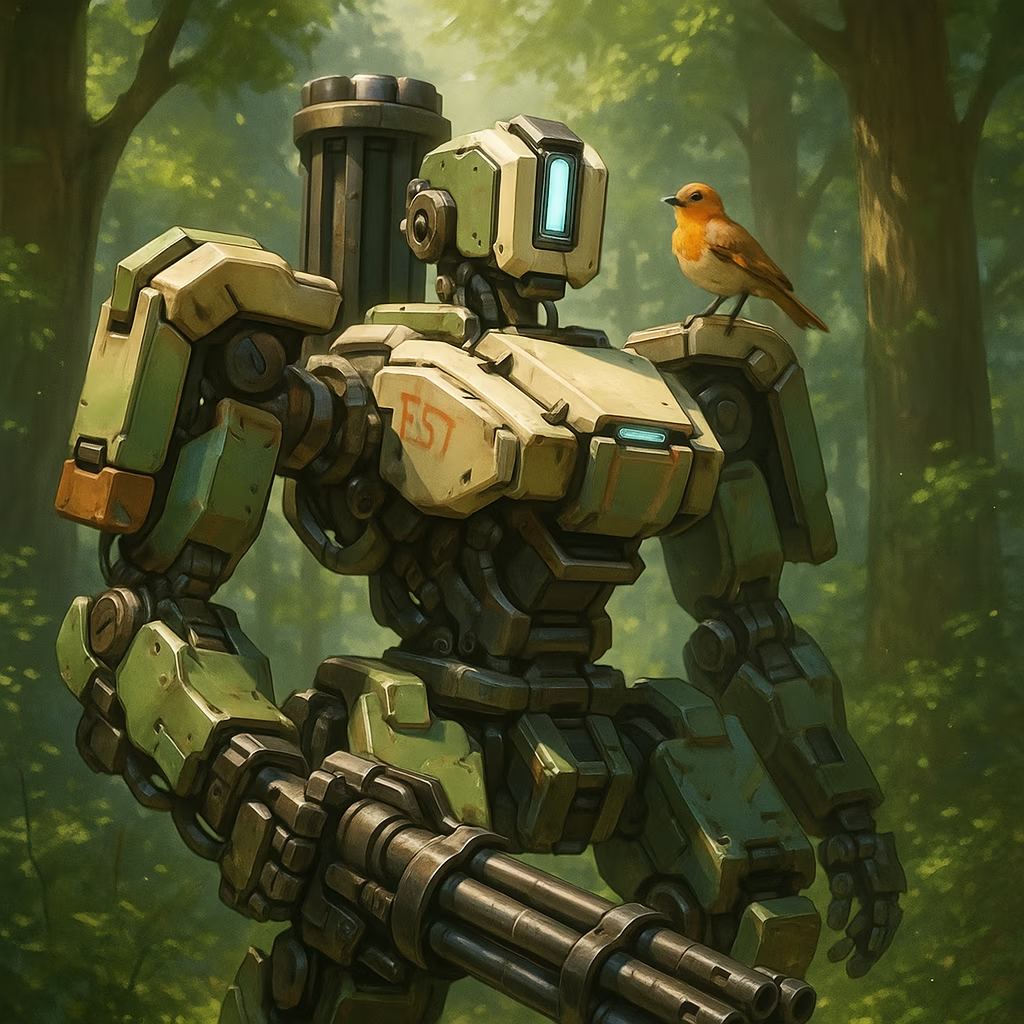Discover Ramattra's dynamic duality in Overwatch 2, blending philosophical depth with formidable mechanical power to redefine gameplay strategies.
In the twilight hours of 2025, as the digital battlegrounds of Overwatch 2 continue to evolve, one figure stands as both a testament to the game's evolution and a harbinger of its future direction. Ramattra, the formidable tank who emerged during Season 2's dawn three years prior, remains a fascinating study in duality – both in narrative and mechanical design.

The shadows of his past stretch long across the neon-lit landscapes of Overwatch's universe. Once a war machine forged for conflict, Ramattra sought peace among the Shambali monks, where his soul intertwined with Zenyatta's in a brotherhood that transcended their mechanical origins. Yet the world's rejection of his kind awakened something primal within his circuits – a righteous fury that birthed Null Sector, his answer to the existential threat facing Omnic-kind.
His metallic frame carries this duality in every step – the philosopher and the warrior, the monk and the revolutionary, forever dancing between contemplation and action. The game designers at Blizzard, in their infinite wisdom (or perhaps their beautiful madness), translated this narrative dichotomy into a mechanical marvel that continues to challenge players' adaptability.
The Dance Between Forms
Ramattra's greatest strength lies in his transformative nature – shifting between his contemplative Omnic form and his wrathful Nemesis state. Like the moon's phases, he cycles between these aspects, each bringing its own gravitational pull to the battlefield.
In his base form, the Void Accelerator extends from his graceful fingers, weaving projectiles through the air with the precision of a calligrapher. His barriers bloom like protective flowers, shielding allies from harm's capricious touch. There's something almost poetic about the way he creates space, as if carving safety from chaos with deliberate strokes.
But oh, when anger rises and Nemesis form takes hold! Those same hands that once created shields now deliver thunderous blows that ripple through enemy ranks. His frame bulks with an additional 150 armor, his total health swelling to 600 – a mountain made manifest. The transformation feels like watching a gentle stream suddenly become a raging river, sweeping away all in its path.
"He's not just changing forms," my teammate whispered during our last match, "he's changing the whole dang game when he goes big mode!"
The Gravity of His Presence
Perhaps most fascinating is Ramattra's Vortex of Gluttony – an ability that seems to bend the very physics of the game world to his will. This damaging field doesn't merely slow enemies; it commands those airborne to return to earth, as if gravity itself has become his servant. Pharah and Echo players have learned to fear this pull, their wings suddenly clipped by his technological sorcery.
His ultimate ability represents the pinnacle of his design philosophy – transformation coupled with sustained threat. The energy zone that emanates from his Nemesis form creates a realm of his own making, where enemies wither under his continuous assault. Unlike the brief moments of glory other ultimates provide, Ramattra's can extend, lingering like the last notes of a symphony as long as he continues to conduct damage.
Playing against a skilled Ramattra feels like facing a force of nature – unpredictable, adaptable, and seemingly boundless in potential. Playing as him requires a dancer's timing and a chess master's foresight, knowing when to embrace each aspect of his dual nature.
The Philosophical Tank
What strikes me most about Ramattra, even years after his introduction, is how his gameplay mechanics so perfectly mirror his narrative journey. The constant tension between protection and aggression, between measured response and overwhelming force, echoes his internal conflict between peaceful coexistence and revolutionary action.
In the hands of a thoughtful player, Ramattra becomes more than a tank – he becomes a question posed to both teams. Will you adapt to his transformations? Can you predict the rhythm of his forms? The battlefield becomes a philosophical debate conducted through bullets and barriers.
"Sometimes I just stand there watching him switch forms," a support player once told me, "and forget I'm supposed to be healing. It's like... mesmerizing, you know?"
The Evolution Continues
As we look toward the future of Overwatch 2 in this year of 2025, Ramattra stands as evidence of the game's willingness to blur traditional boundaries. His design represents a bold step toward that MOBA-FPS crossover territory that has continued to define the game's evolution.
The hybrid approach pioneered with Ramattra has influenced subsequent hero designs, each pushing further into this fascinating middle ground between genres. The game we play today bears his imprint in countless ways, from form-shifting mechanics to abilities that manipulate the battlefield itself.
What does it mean for a game to evolve beyond its original vision? What happens when the boundaries between genres become as fluid as Ramattra's forms? Perhaps there's wisdom in embracing transformation rather than resisting it – a lesson the leader of Null Sector might appreciate.
In the end, Ramattra doesn't just occupy space in the tank roster; he expands our understanding of what's possible within Overwatch 2's framework. His mechanical duality creates a space for reflection about the game itself, about the nature of adaptation and change.
And isn't that, after all, what makes a hero truly legendary? Not just their power on the battlefield, but how they change the way we see the game itself...
